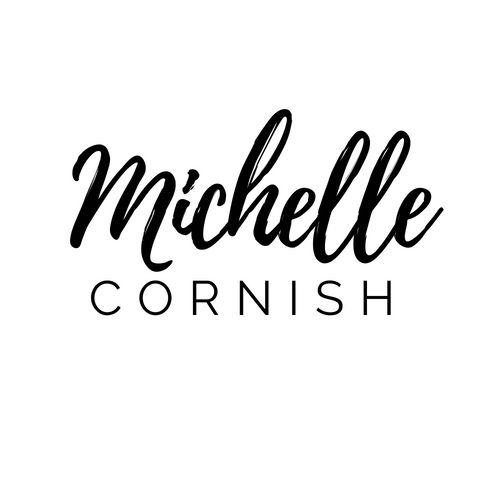How to Plot a Novel
/The process of writing a novel can be mysterious and daunting. If you're ready to take the plunge, these tips will help you plot your book in record time. Plotting is the process of exploring your characters and setting, seeing where they might go in the story. You'll need to have a solid idea of who your heroine or hero is and what makes them tick before you begin writing. Knowing the overall theme of your book will help you determine the direction that your plot should take while keeping you focused while you write.
The key to plotting is creating scenes that move forward from one point to another. These progressions show how strong character motivation necessitates action, which in turn moves the plot along. Depending on the genre you are writing, you may want to try and keep every scene—and even every chapter—as fresh and new as possible, so readers are kept on their toes through the entire novel. The way this happens in thrillers, for example, is by keeping things moving at an intense pace until each scene ends with some kind of turning point, cliff hanger, or climax.
At this point, you don’t have to know what order your scenes happen. Once you've outlined all major events, you can put them in the order that makes the most sense for your story, then start filling out the specific details between the major scenes.
Brainstorm Your Book
Something I find helps when first plotting a novel is being clear on the genre and theme of my book. For your book, what is the message you want your readers to take away from your novel? Is there something deeper that you want them to think about? Take some time to brainstorm these questions with a friend or two. Once you have an answer, then it's time for action!
When you've come up with a strong concept, begin creating scenes that will further explore this idea through dialogue, description, and action. You may find yourself in a rut if all of the same events are happening over and over again. If this happens, you’ll need to incorporate some new ideas to keep your story engaging.
To generate new ideas, I often ask, “What if”? At this stage in plotting, I’m just playing around with possibilities. Things can always be moved around later or completely removed if they no longer make sense for my story.
Know Where Your Story is Going
Have you heard the advice that you should know your ending before you start writing your book? Sometimes this works out for me, but other times I have no idea how my book will end until I’ve written the majority of it. Depending on how much planning you like to do, you may also find that knowing the ending ruins the writing process for you. I think it’s important to know the general direction your story is headed in. Of course, if you are writing in a commercial genre, such as romance or mystery, then you know you will have a happy ending for the romance and the bad guy is caught (in most mysteries). This makes sure the readers receive a satisfying conclusion to your novel.
You will likely have a general idea of your characters and what has happened to them in the past that informs their actions in your story. This helps create characters readers cheer for as well as giving you an idea of how the character will change as a result of what happens to them throughout your book.
Two Quick Tips for Starting Your Story
1. Set up the conflict or action for your main character. This needs to be something that is unique and interesting, so it will stand out from other stories about similar characters. It should also have some sort of impact on the world around them, or on themselves (i.e. they should be motivated by something). If you can think of an interesting way for your character to act out their conflict, do it! The best stories involve unexpected things happening to characters whom we don’t expect to react this way.
2. Introduce the inciting incident. An inciting incident happens at some point after the main character’s conflict is introduced. Sometimes the inciting incident and the conflict are so closely linked, they happen in the same scene. This event causes your character to react in a way which kicks off their story arc and sets events into motion that will lead to the climax of your story. This is sometimes referred to as the point of no return. It’s the incident that really sets the story in motion and the point at which the character can no longer go back to the way things were.
Plot Your Novel with Plottr Pro
Plottr Pro is a digital tool that helps you visualize your story. It can be used in conjunction with many preset plot templates or on its own to help you think through where you are in your book and how it could be better. I like using Plottr because it’s easy to move scenes around and separate story lines. This tool really helps me see my story visually. If you want to see what Plottr can do for you, check out the video at this link: https://www.youtube.com/watch?v=9YU2B0goa7A
Plottr includes many preset plot templates, so if you like using the Romancing the Beat story structure, or The Hero’s Journey, you’ll find them already set up in Plottr. All you have to do is add the specific details of your novel.
Sample plot from the Plottr website for The Three Little Pigs.





